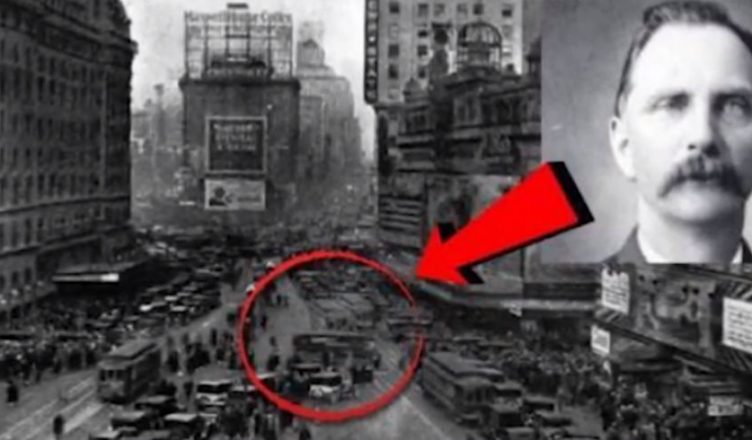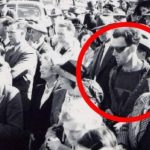Time travel has always been a fascination for us humans. For most people, time travel exists only in fantasies and in the world of movies and television. Nevertheless, there are still some who believe that humans will one day realize this fantasy and be able to freely travel between the past and the future. Can we, as humans, achieve time travel?
For instance, in 2008, Chinese archaeologists discovered a tomb with a history spanning hundreds of years in the autonomous region of Guangxi Zhuang in the city of Fangchenggang’s Shangsi County. Inside this tomb was a well-preserved coffin, and as they were clearing the surrounding soil, they found a small metal object that resembled a modern wristwatch. The back of this wristwatch-like object bore the English word “swiss.”
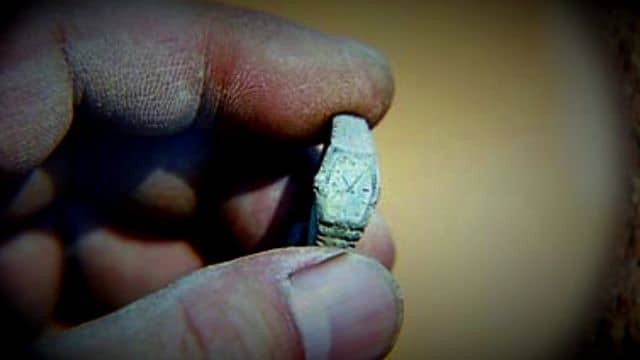
Some people may not be familiar with these English letters, but when translated into Chinese, “swiss” means Switzerland, a term commonly associated with Swiss watches that we are familiar with. This is because Switzerland only gained the technological prowess to manufacture timepieces at the end of the 16th century, and mass production of Swiss watches began in 1845.
So why would a Swiss watch be found in a tomb that dates back hundreds of years? The wooden coffin in the tomb is relatively well-preserved, and there are no signs of disturbance in the tomb. Could this be the tomb of a time traveler? Or did a time traveler from centuries ago visit this area and accidentally leave this behind?
In fact, there are many legends about time travel on the internet, such as a famous time-traveling incident—the Rudolph Fentz time travel incident.
This incident drew significant attention again in 1990, and what kind of case could captivate the interest of supernatural enthusiasts worldwide at that time?
On a June night in 1950, the streets of New York were bustling as usual, with people and cars moving about. Suddenly, a strange man appeared in the center of Times Square, looking like an outsider with his outdated mutton-chop sideburns that had gone out of fashion decades ago. At first glance, he resembled a figure you’d see in a history museum or in photographs from the previous century.
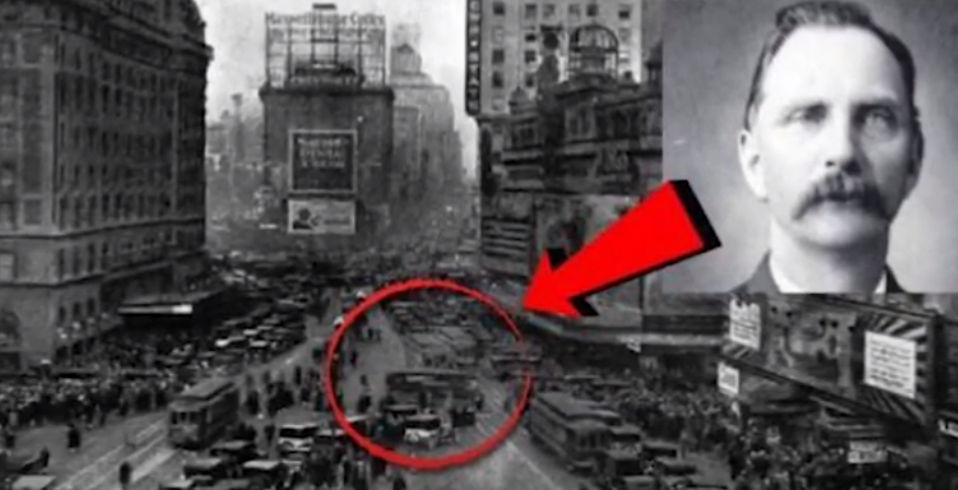
Witnesses described him as looking utterly confused and out of place in his surroundings. The man appeared to be lost, wandering aimlessly on the busy streets, seemingly unaware of the danger. When the police arrived, the man looked around in panic, then tried to flee, only to be struck and killed by a passing car. His body was taken to the morgue that evening, where professional doctors conducted an autopsy. At first, the police thought he might have been a drunk or a drug addict, but subsequent investigations left them baffled.
The victim was believed to be a man in his thirties. His attire was particularly unusual, with plaid pants, a short coat, and a vest. His shirt collar was tightly wrapped around his neck, and his shoes were fastened with buttons. He also wore a high-crowned, bowler-style hat with a label on his clothes bearing the name and address of a tailor no one had ever heard of. The label on his hat was from a store that had closed many years ago. All of this, combined with the man’s unusual mutton-chop sideburns, gave the impression that he had stepped out of the mid-Victorian era.
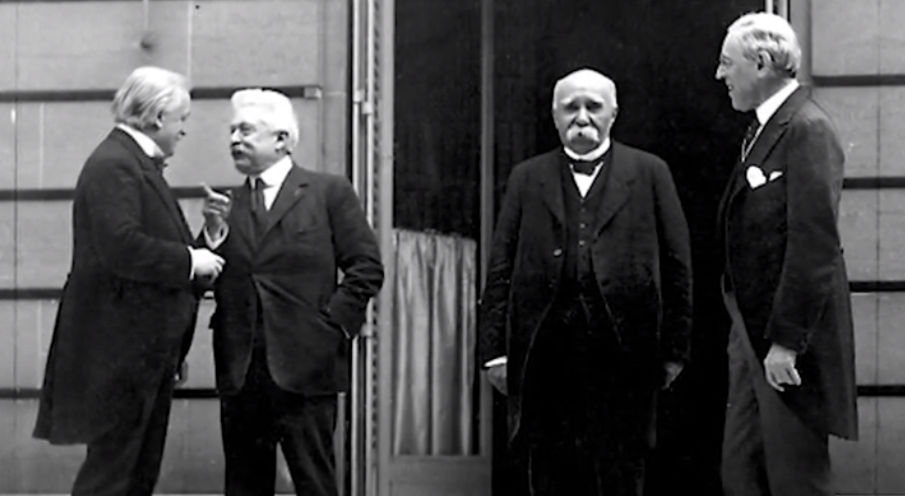
The police found various peculiar items in the man’s pockets, including $70 in cash. Although some of the coins appeared new, none of the dates on them were later than 1876. Among the coins was a three-cent piece, which had long gone out of circulation. The man also had a bill for the care of horses and carriages from a stable, as well as a copper token worth five cents for beer from an unnamed tavern. Most notably, there was only one business card with the name Rudolph Fentz and an address on Fifth Avenue. Additionally, there was a letter from Philadelphia with a postmark showing an astonishing date of June 1876.
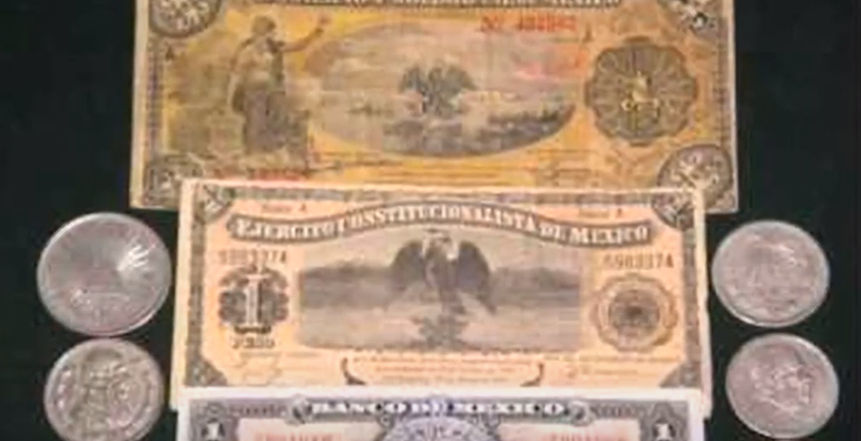
The police then investigated the address that needed to be delivered to, which turned out to be a business. After inquiries at the business, no one had ever heard of a person named Rudolph. There were no signs of wear on any of Rudolph’s belongings, his fingerprints did not match any records, and there were no birth records for him. Furthermore, nobody had reported anyone missing. The mystery surrounding the identity of Rudolph Fentz left everyone puzzled. The police were left with no choice but to intensify their efforts, searching through old phone books to see if they could find any trace of this man. Eventually, investigators found a listing for a Rudolph Fentz in a 1939 phone book and immediately contacted the residents of the apartment building where the younger Rudolph had lived. The residents remembered him well.
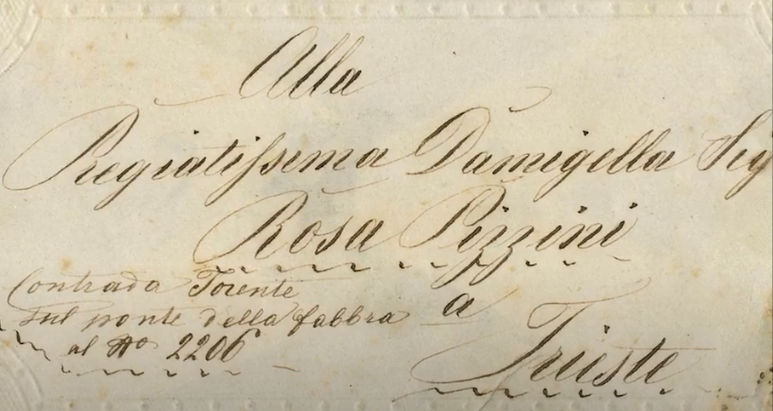
He was described as a 60-year-old man who had moved away after retiring from work in the vicinity. Investigators considered this information a lifeline, and they contacted the bank to find out that the younger Rudolph had passed away five years ago. It seemed like the lead had come to an end, but his widow was still alive and had relocated to Florida. Contacting her through the provided information, investigators were informed that her father-in-law, Rudolph Fentz, had indeed gone missing in 1876 on a certain day, around 10 o’clock in the evening, when he was 29 years old. He had said he was going for a walk and never returned, disappearing entirely.
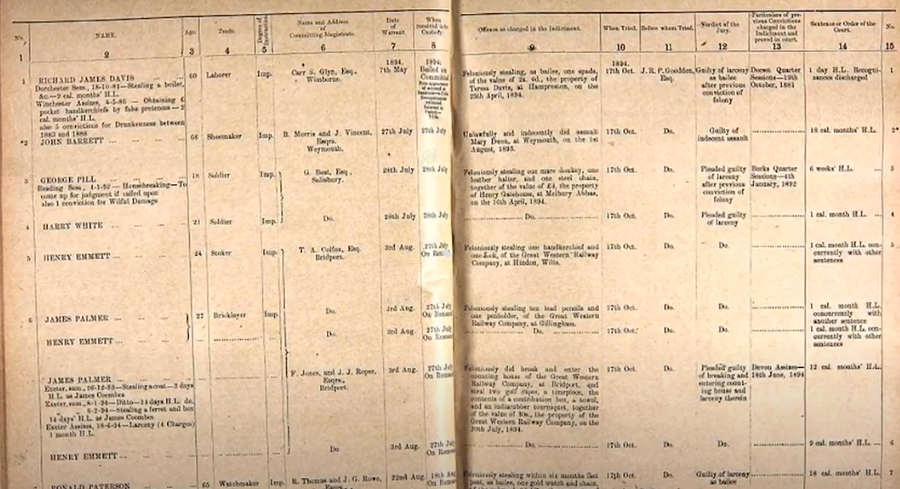
There was an eyewitness at the time who saw Rudolph disappear as he crossed a street in Times Square known as Langack Square. One moment he was there, and the next, he was gone. Due to the intoxicated state of the eyewitness, the evidence provided was heavily discounted. Rudolph’s family did not report him missing at the time, and he was never found again. To corroborate the widow’s account, investigators collected files from missing persons in 1976 and found a record for Rudolph, complete with mutton-chop sideburns and the last attire he was seen in: a dark coat, plaid pants, and a tall hat. This description matched the mysterious man who met his end in Times Square. What are the odds of such a coincidence? Did Rudolph reappear inexplicably 74 years after his disappearance, or did he fall into a time loop of some sort, experiencing a brief accident or experiment that led to temporal disorientation and time travel? The sheriff in charge was worried about being labeled insane and losing his job, so he avoided discussing these findings and never officially recorded them. It was only a few years later, during an interview, that the retired sheriff openly spoke about the case and provided as much information as possible.
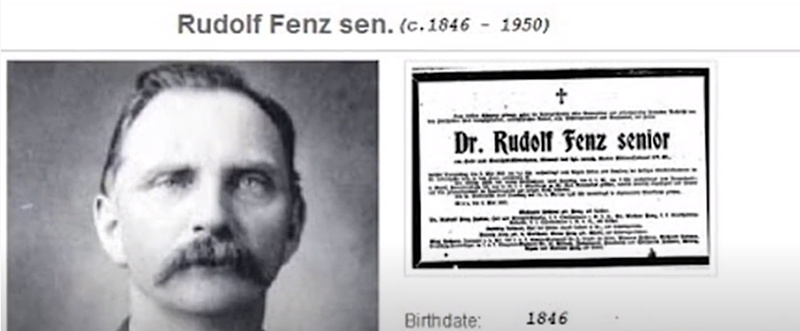
Supernatural enthusiasts across Europe believed that the striking resemblance between the man who appeared in Times Square in the 20th century and a man from the 19th century was enough evidence to prove the existence of time travel. This incident circulated widely among paranormal research groups. However, in 2005, investigator Aubert, while researching the history of the story, found no concrete evidence to support its authenticity. Instead, he saw it as a major viral hoax and rumor. Therefore, he considered the details of the story to be largely unreliable. So, where did the legendary story of Rudolph’s incident truly originate? In fact, this event was a short story published in a magazine called “The Magazine of Fantasy and Science Fiction” in 1951. It was a chapter from “I’m Scared,” written by Jack Finney, a writer known for science fiction and horror. Two years later, the story was republished in a magazine called “Fate” without mentioning Finney, and it was presented as a true account. From that point on, people were only aware of the supernatural phenomenon of the time traveler, without realizing it was a work of science fiction.
END:
Time travel has always been a human fantasy, but is it possible for events like those of Rudolph Fentz to occur in reality? Let’s explore the possibilities surrounding the Rudolph Fentz event, a classic case that has sparked speculations about time travel.
Analysis of Possibilities:
Possibility of Time Travel:
- Rudolph’s appearance and attire bear a resemblance to the 19th-century Victorian era, igniting speculations about time travel. His clothing and mutton-chop sideburn style seem to align with characteristics of that era.
- The mysterious disappearance of Rudolph and his vanishing from Times Square align with the time travel narrative. Witnesses reported seeing him suddenly disappear, a scenario consistent with theories of time travel.
Possibility of Pure Science Fiction:
- The event initially originated from a science fiction short story written by Jack Finney, known for crafting science fiction and horror. This hints at the possibility that the event may be entirely fictional.
- Subsequent publications omitted Finney’s name, misleading people into believing it was a real event. In reality, it was a work of fiction.
Possibility of a Viral Hoax:
- Investigator Aubert considered the event to be a viral hoax, lacking sufficient concrete evidence to prove its authenticity. He noted inconsistencies in the details of the event in different versions, casting doubt on its veracity.
Possibility of Temporal Confusion and Identity Mix-Up:
- Rudolph Fentz’s name appeared in a missing persons’ file, but his description matched the man who met a tragic end in Times Square. This could be a case of identity mix-up.
- The address of Rudolph’s father-in-law also matched, which might be coincidental or a result of confusion.
In conclusion, the Rudolph Fentz event is open to various possibilities, including time travel, science fiction, and hoax. However, there is currently insufficient evidence to confirm the event’s authenticity, leaving it shrouded in mystery. Regardless of the event’s true nature, it has ignited boundless imagination and discussions about the concept of time travel.
More UFOs and mysterious files, please check out our YouTube channel: MysFiles
Lacerta Files: Human beings are the product of genetic engineering by alien civilizations.
